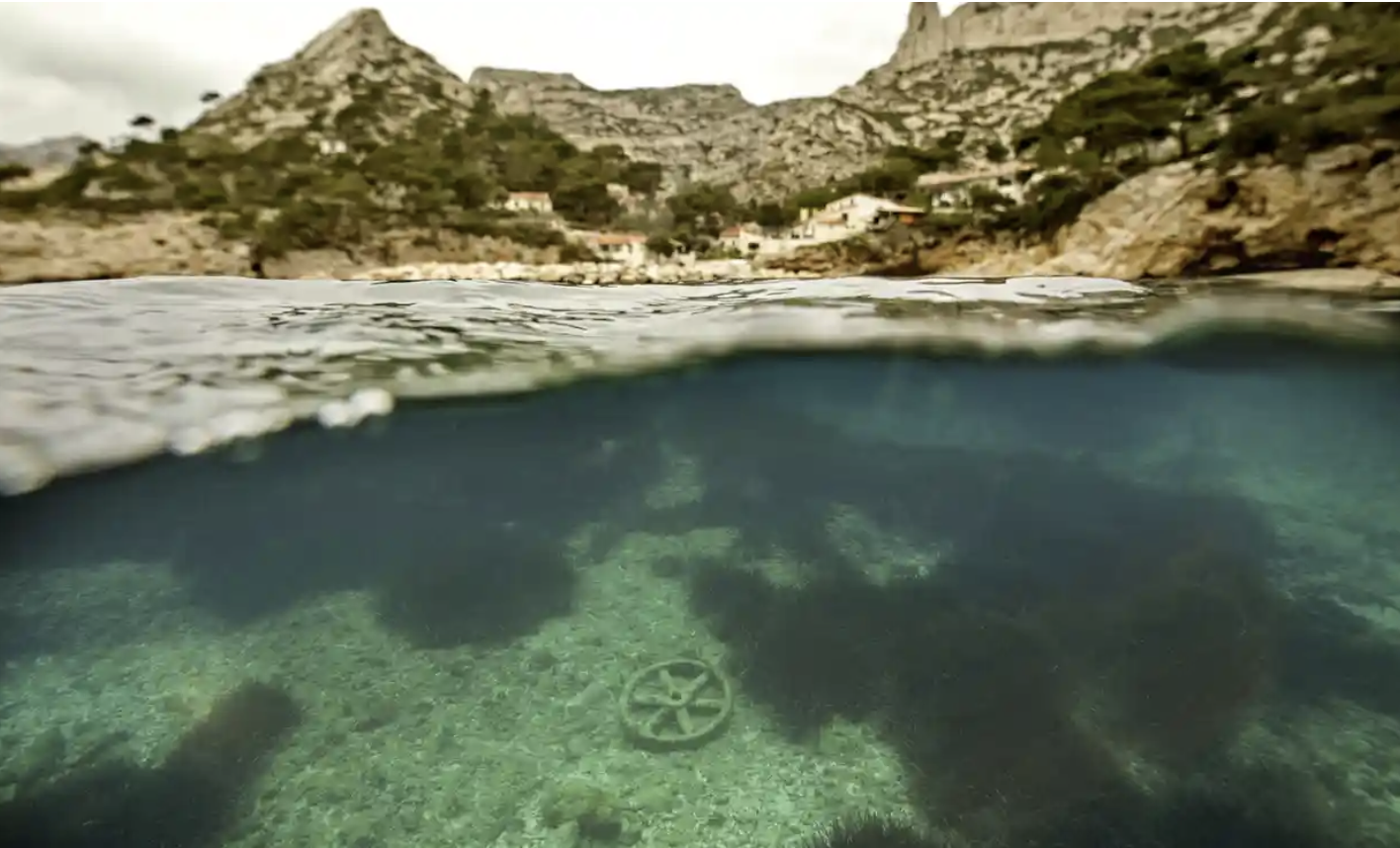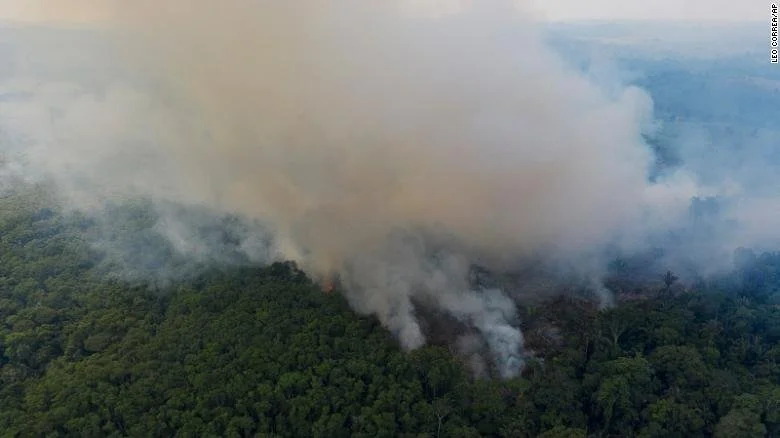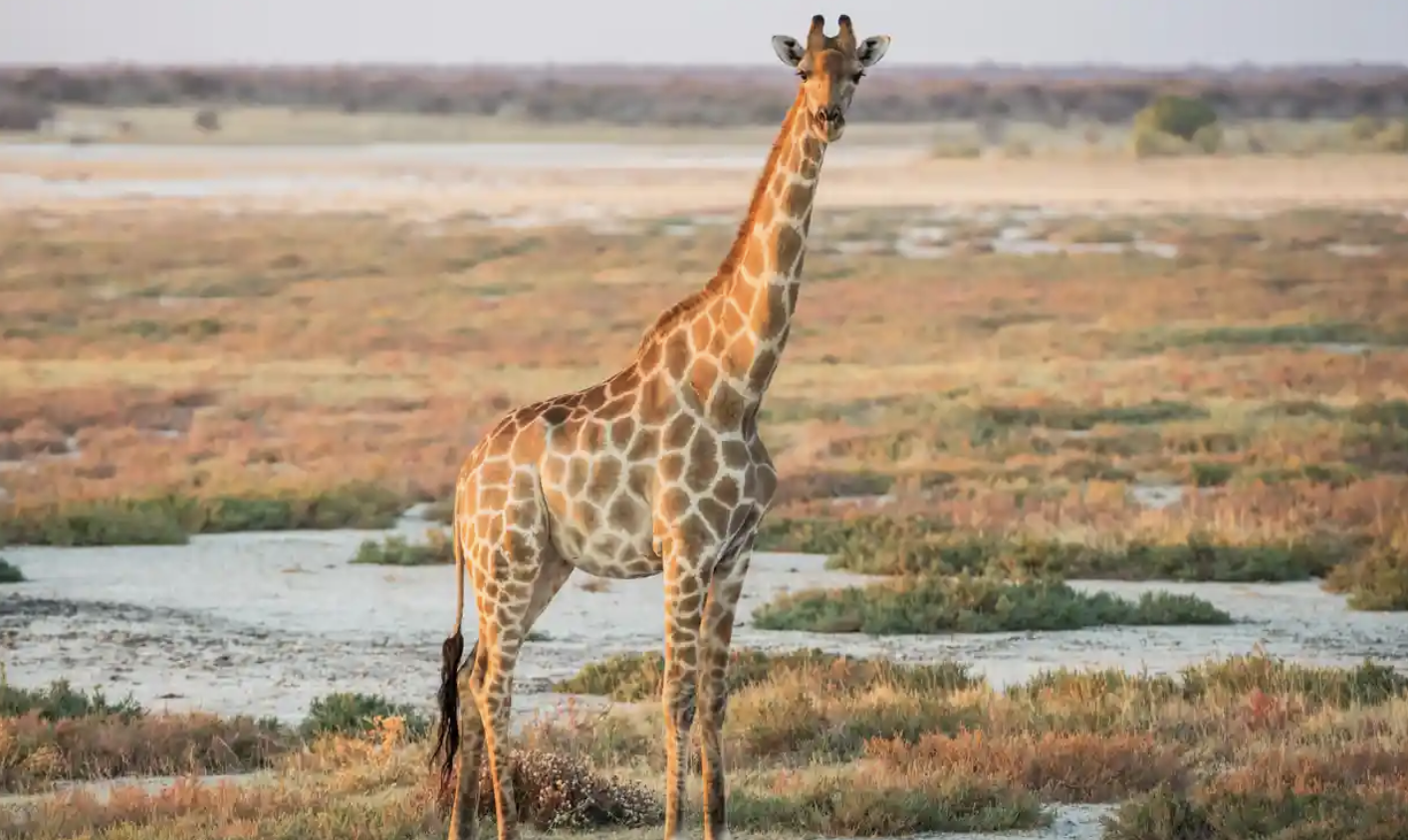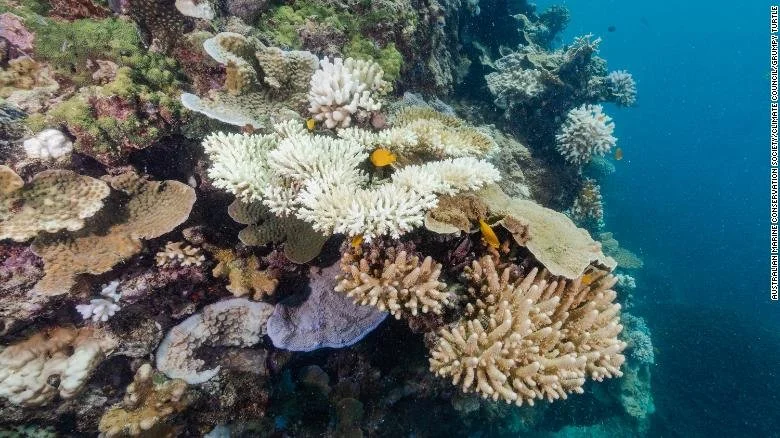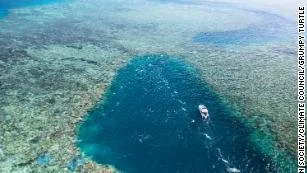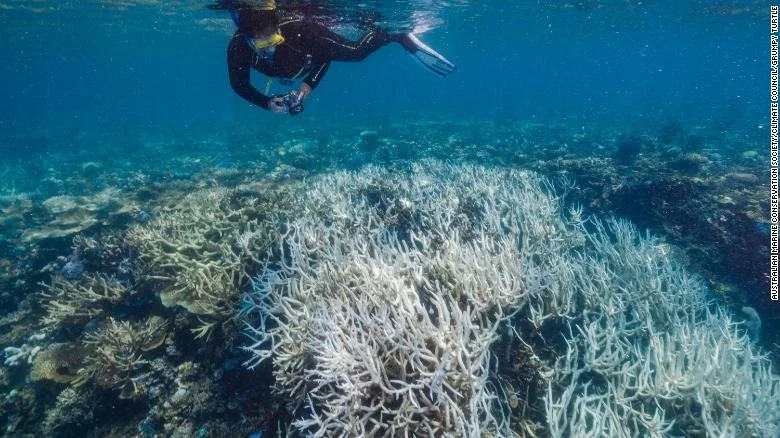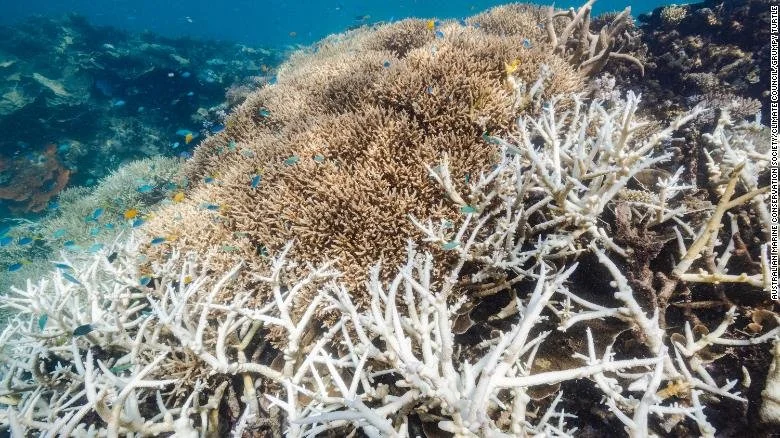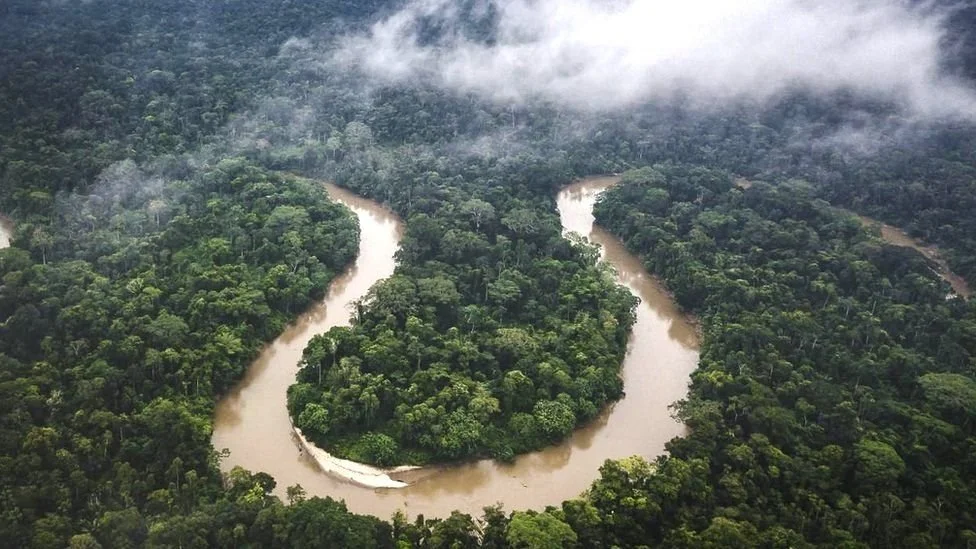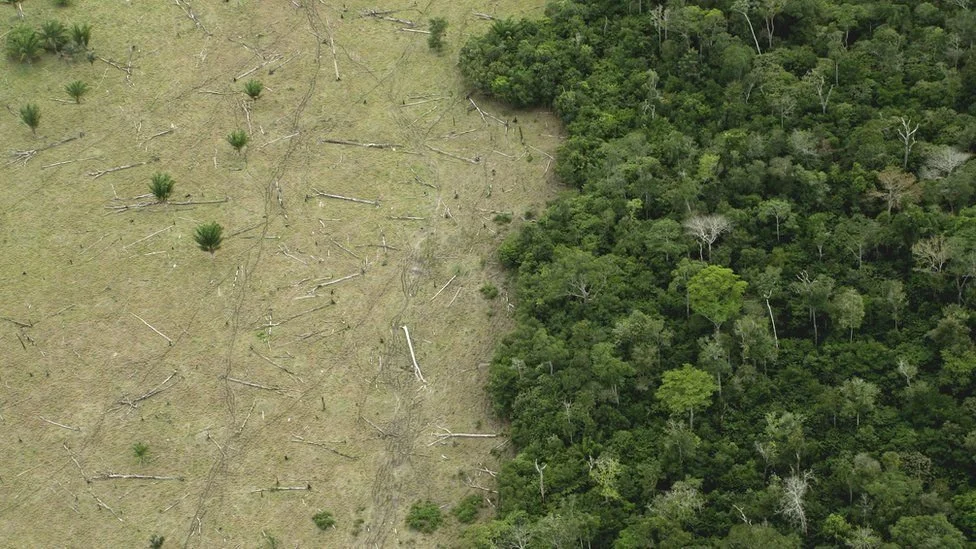Fiona Harvey
Exclusive: US presidential envoy says limiting global heating to 1.5C could be made harder by conflict
The longer the war in Ukraine carries on, the worse the consequences will be for the climate, the US presidential envoy John Kerry has warned.
Many countries are struggling with an energy crisis while also urgently needing to cut greenhouse gas emissions to limit global heating to 1.5C, he said.
John Kerry: ‘My message to people is we have to take advantage of the fact that the science tells us we still have time, but we have to greatly accelerate what we’re doing.’ Photograph: Orn E Borgen/AP
“If it’s a long period of time, obviously that makes [staying within 1.5C] very complicated,” Kerry said. “It depends on what happens with the war, where the war goes and how long it lasts. If miraculously we can somehow find a way to resolve some of the fundamental problems in the next six months, then maybe we could just accelerate everything together. I think we can make up some distance [in progress on tackling the climate crisis].”
But he added: “The longer this goes on, the harder it becomes [to stay within 1.5C]. There are a number of scientists who believe we are on the edge of 1.5C now. Anything that is not part of the acceleration [of emissions-cutting efforts] gets in the way.”
He said the agreement reached at the UN Cop26 climate summit last year would have “faced some big hurdles” if taking place in the current geopolitical circumstances, but there was still a chance of fulfilling its promises.
“This is not easy, but it hasn’t fallen apart,” he told the Guardian. “[The effort to stay within 1.5C] has met with an unexpected barrier, the war, and it has met with an unfortunate and dangerous resurgence of business as usual by some parties that threatens the acceleration necessary to get the job done, and it’s going to be up to us to push back and continue with the process.”
The world’s leading climate scientists recently warned it was “now or never” for the world to cut greenhouse gas emissions and avoid the worst ravages of the climate crisis.
Kerry said this showed there was still a chance of holding to the 1.5C goal. “The IPCC said to us a few weeks ago ‘we’re behind, it’s not getting better at the pace it should be, emissions have gone up, but you still have time to do this’,” he said. “And my message to people is we have to take advantage of the fact that the science tells us we still have time, but we have to greatly accelerate what we’re doing. We have to speed up very significantly.”
He said the disruption caused by the Ukraine war was forcing countries to reconsider their dependence on fossil fuels. “The promises of Cop26 were never going to be fulfilled in six months, or one year or two years. These are promises for 2030. A hiccup of a number of months may be something that we can work around or get through.”
Kerry also said the US would increase its production of natural gas, despite its climate targets, to help allies replace Russian fossil fuels. He said gas from the US produced lower carbon emissions than gas from Russia, owing to more efficient extraction, and could provide a short-term solution while countries ramp up renewable energy.
The US president, Joe Biden, has come under heavy criticism from green campaigners in the US for allowing the expansion of gas drilling, opening up new tracts of public land for exploration and development. Kerry said more gas was needed in the short term, to make up for supplies lost from Russia, but that companies should beware of building large amounts of new gas infrastructure that would be left as stranded assets when the energy crisis passes.
“Gas has always been part of the transition away from dirtier fossil fuels and towards this new energy economy,” he said. “I’d take a gas-fired power plant in the near term – I emphasise near term – over coal or oil any day of the week. But we don’t want to build out a huge new infrastructure around gas that has stranded asset challenges or is unabated [not fitted with technology to capture and store carbon] after a number of years.”
He hinted at moves to limit how long such plants could operate. “We have to decide how quickly we must have a requisite for abatement – maybe 10 years, eight years, who knows? But for the long run, gas is going to have to abate and live up to low emissions standards just like everybody else,” he said.
With six months to go before the next UN climate summit, Cop27 in Egypt, Kerry said the focus must be on the G20 countries, the world’s 20 biggest economies, which are responsible for about 80% of global greenhouse gas emissions. The emissions-cutting plans these countries brought to Cop26 were inadequate to meet the 1.5C target, so they have been asked to come to Egypt this November with more stringent proposals.
Kerry acknowledged that many countries were unlikely to meet the targets, including Russia, which is one of the biggest fossil fuel producers. He warned some countries were “indifferent” to the need to cut emissions, or have vested interests in not doing so.
“The war is not the only thing that’s in the way of the acceleration – an unfortunate indifference in some quarters, outright disinformation in others, and people who just love the status quo is perhaps one of our biggest problems,” he said.
But there were hopes that major emitters including China and India were embracing change, he added. “We’re prepared to try to help China or provide whatever China is willing to accept in terms of assistance.”
He also pointed to India, currently suffering a massive heatwave, where a large expansion of renewable energy is planned that could enable the country to cut emissions in line with a global 1.5C temperature goal.
Kerry said he was hopeful that the climate legislation currently stuck in Congress, largely because of the refusal of a single Democratic senator to pass it, would soon be resolved. He said other countries were unlikely to be discouraged from taking action themselves by the US’s own internal difficulties.
“Maybe they’ll say ‘screw them, they can’t get their act together, we’re going to do it’,” he said. “I can’t predict, but I can tell you this: that President Biden is committed to moving forward and obviously he has administrative powers and can issue certain executive orders and do certain things.
“Even while Donald Trump was president, pulled out of Paris, 75% of the new power that came online in the US was renewable. So the truth is that a lot of what happens in the US will be governed locally and some nationally by governors of states and mayors of cities who are deeply committed.”
… we have a small favour to ask. Millions are turning to the Guardian for open, independent, quality news every day, and readers in 180 countries around the world now support us financially.
We believe everyone deserves access to information that’s grounded in science and truth, and analysis rooted in authority and integrity. That’s why we made a different choice: to keep our reporting open for all readers, regardless of where they live or what they can afford to pay. This means more people can be better informed, united, and inspired to take meaningful action.
In these perilous times, a truth-seeking global news organisation like the Guardian is essential. We have no shareholders or billionaire owner, meaning our journalism is free from commercial and political influence – this makes us different. When it’s never been more important, our independence allows us to fearlessly investigate, challenge and expose those in power.

















